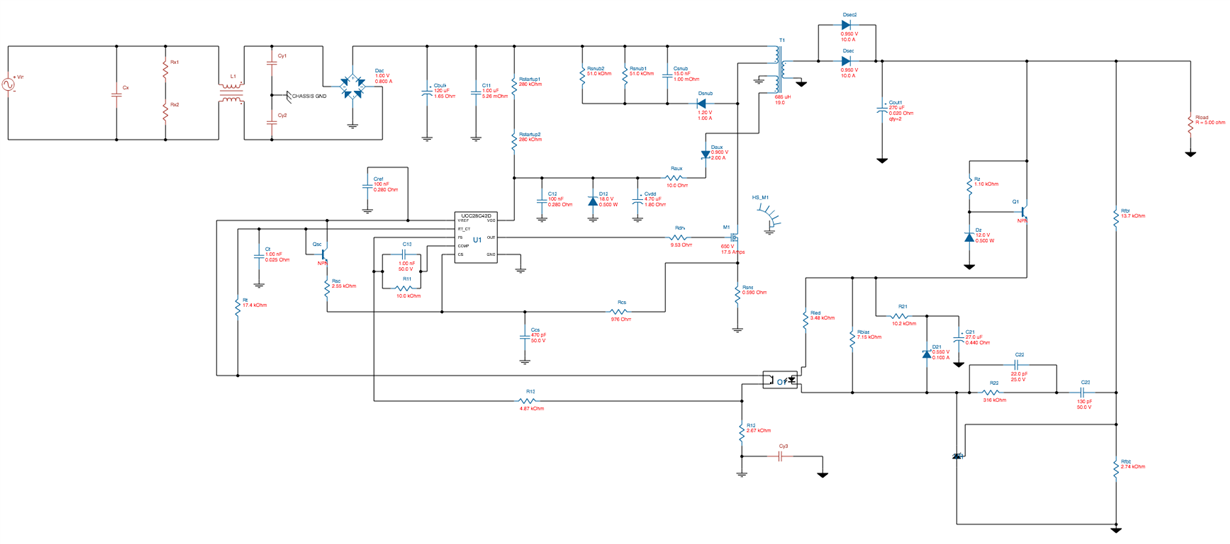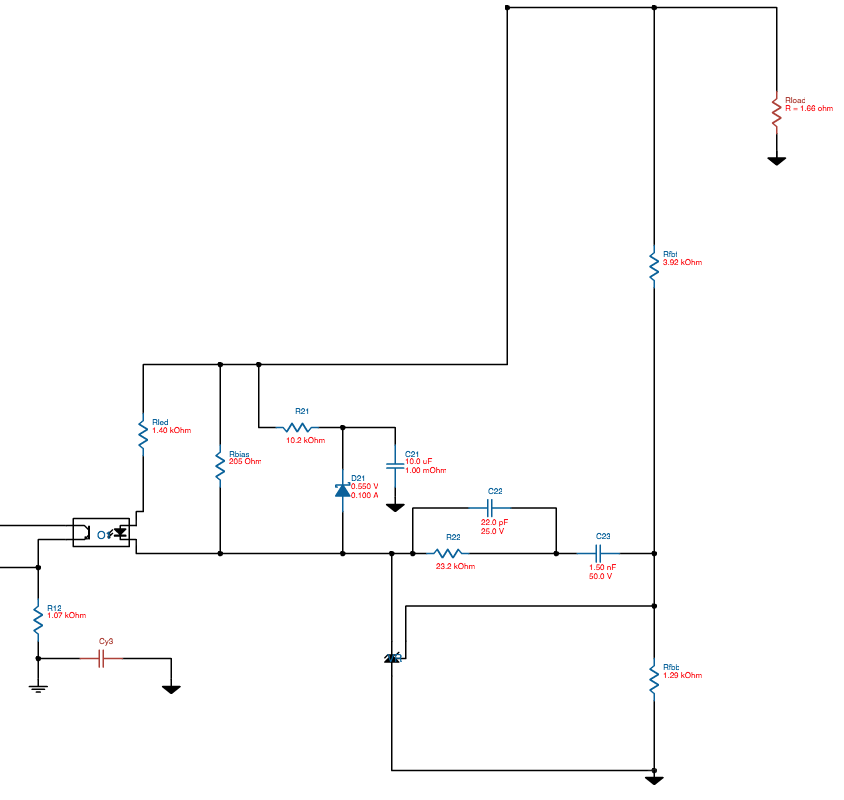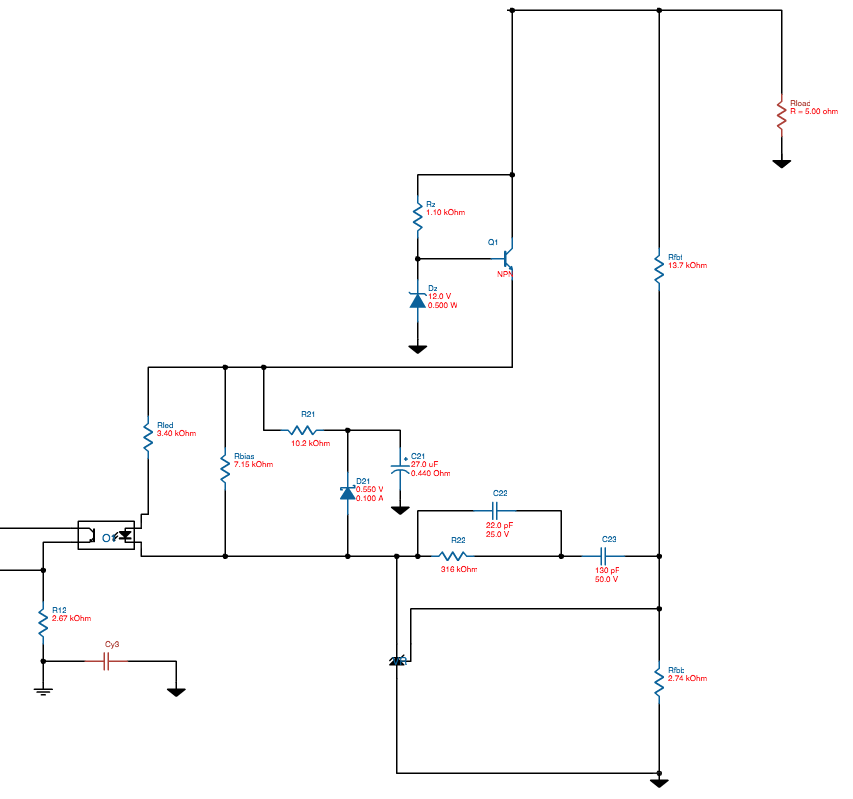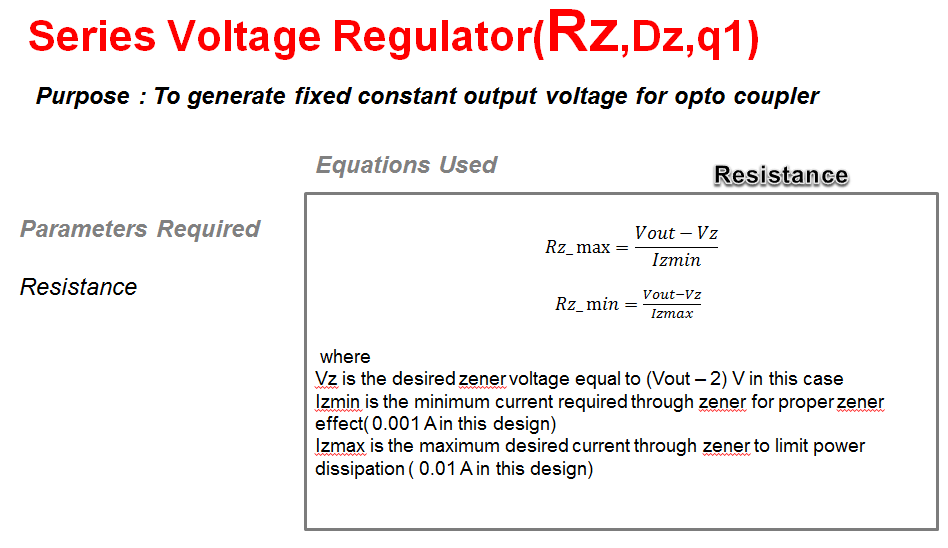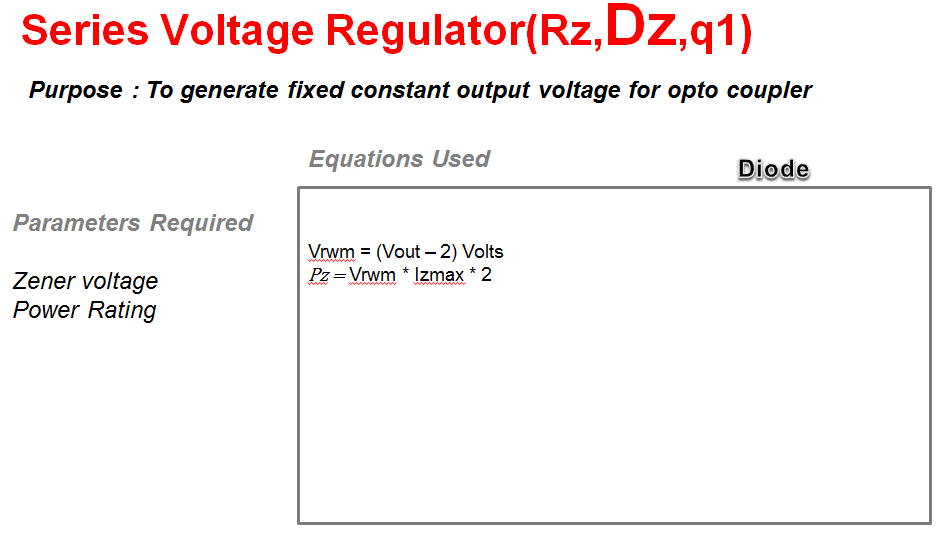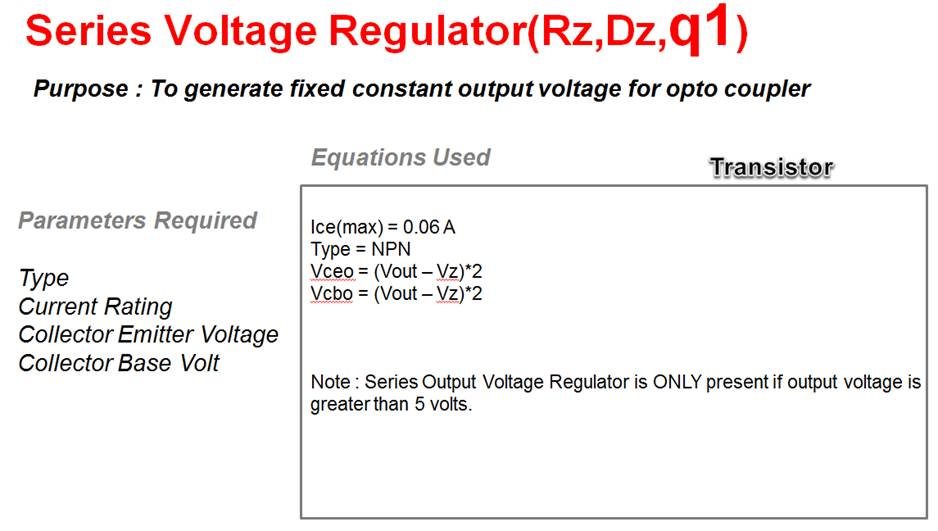Other Parts Discussed in Thread: TL431
Hi,
Could anyone please give me a detail explanation of the feedback part of this circuit attached (the second image)?
This circuit is from WEBench using the following specifications: 100-240V input, output 15V@3A using UCC28C42 controller.


